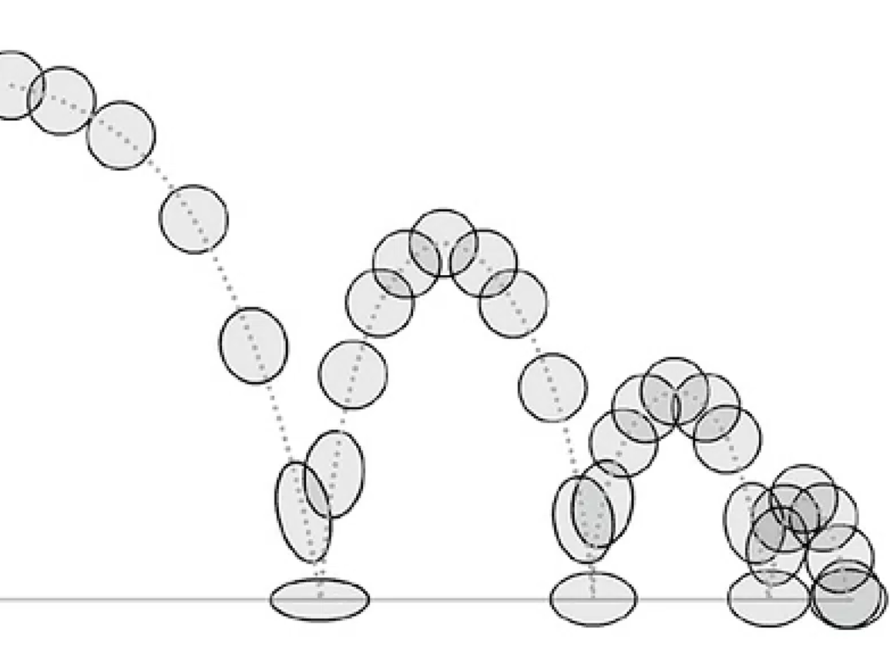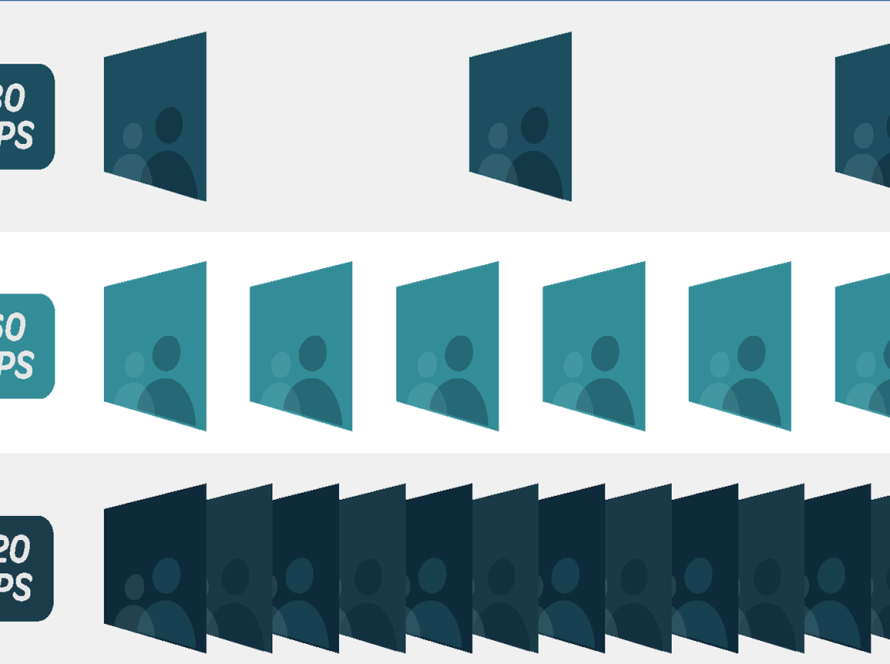Creating expressive character animation for emotional impact is a creative challenge. In this process, it demands skills, a deep understanding of body language, facial expressions, and more. To simplify these aspects, follow our insights shared below.
Researching and referencing expressive characters
Before you can create expressive characters, it’s essential to have a profound understanding of this aspect. Therefore, researching emotions and the physical expressions of characters in real life is crucial. Pay attention to facial expressions, body language, and voice to help you create authentic performances.
Additionally, you can delve into reference materials from design experts to grasp the intricacies of movement and expression. Don’t overlook the opportunity to study from successful projects to lay the foundation for your creativity.
Designing the style of your 2D game character
Designing the style of your 2D game character is a crucial part of creating expressive character animation. In this process, the design style will shape the appearance and overall look of the character. Here are some guidelines for you to follow during the design process:
- Start with the basic shape of the character: It could be a round, square, humanoid shape, or other unique shapes that reflect the character’s personality and standout features. For example, use rounded shapes to create an adorable and friendly character, or employ angular lines and sharp shapes to craft a serious and determined character.
- The face is a crucial part of conveying emotions: Consider the size and shape of the eyes, eyebrows, eyelids, mouth, and other facial features to create expressions that match the character’s personality and emotions. Among these, eyes play a pivotal role in expressing emotions.
- Determine the size and proportions of the character: Calculate the ratios between the head, body, and other body parts to create a harmonious and interesting shape.
- Choose colors that reflect the character’s personality: Typically, warm colors are associated with energy, while cool colors may evoke a sense of mystery or calmness.
- Small details and accessories can also contribute to the character’s stylistic highlights: Therefore, you can create a distinctive feature on the face or a special piece of jewelry in the overall design.
- By paying attention to these design elements, you can create a character that not only looks visually appealing but also effectively communicates emotions and personality through animation.
Body language and gestures 2D game character
Body language and gestures are also effective factors in conveying emotions for a character. For example, a hunched posture may convey sadness, while an upright and open posture can evoke confidence or happiness.
To make characters more diverse, vary their gestures and body language according to their unique style. Make use of a variety of expressions and movements. Here are some examples of designing body language:
- Facial expressions: Use the mouth and eyes to express emotions. A radiant smile can transform a scene from sadness to joy. Closing or widening the eyes can also significantly change the emotion.
- Hand and foot gestures: Changes in the height of hand and arm gestures can create strong emotional expressions. Lifting a hand can express excitement, while lowering it may convey boredom or disinterest.
- Body movement: Turning the body to indicate shifts in emotions. Rotating the body from one direction to another can create a sudden and mood-altering change.
- Head movements: The character’s head facing upwards can symbolize confidence, while a downward-facing head may express sadness or melancholy.
These examples serve as a foundation; feel free to innovate further to make animated characters distinctive and easily impact the audience’s emotions.
Time and Rhythm
It’s undeniable that different timings and rhythms are suitable for eliciting various emotions in animated characters. Here are some suggestions for you:
- Use fast motion to convey excitement, enthusiasm, or unexpected actions. For example, a character might run quickly, jump high, or move rapidly to create a sense of energy and excitement.
- Employ slow motion to create stillness, sadness, or contemplation. Slow motion can help establish a temporal space for the audience to understand and feel the character’s deep emotions. For instance, a character might move slowly, making gentle gestures to create an effect of tranquility or introspection.
- When using gentle or solemn music, adjust the character’s rhythm to synchronize with the music. This can enhance the interactive experience and emotional impact on the audience.
Additionally, there are many techniques related to timing and rhythm, such as pauses, short breaks to make the character’s expressions impactful and resonate with the audience’s emotions.
Every animation project will be suitable for a different rhythm. Therefore, experiment with various timing and rhythm techniques to find what aligns best with the emotional cadence you intend to convey.
Character Voice
The next technique in creating expressive characters for emotional impact is adding a voice to the character. When characters speak, their voices need to align with their facial expressions and body movements. If a character is joyful, their voice can become lively and enthusiastic. Conversely, if a character is sad, their voice might become somber and tender.
Syncing the character’s voice with body movements enhances authenticity and amplifies the character’s expressiveness. Specifically, you can apply lip-syncing techniques to match mouth movements with dialogue. The key in this step is to create harmony between visuals and sound.
Iteration in Creating Expressive Characters
In the world of animation, the process of crafting emotionally expressive characters requires continuous iteration and attentiveness to feedback from others. Don’t hesitate to experiment with various ways of conveying different emotions. Creativity often stems from experimentation and refining multiple times.
To maintain objectivity, share your animations with colleagues, mentors, or the community to gather feedback from various perspectives. This can unveil new insights and help you identify aspects that need improvement in the process of creating expressive character animations. In summary, feedback and iteration are crucial elements for perfection, making your characters vibrant and relatable to the audience.t của bạn trở nên sống động và gần gũi với khán giả.
In Conclusion
In summary, we have provided you with a detailed guide on the process of creating expressive character animations for emotional impact. This includes the creative workflow, specific examples, and valuable tips. We believe that applying these techniques to your projects will yield the best emotional results. Thank you for reading!




